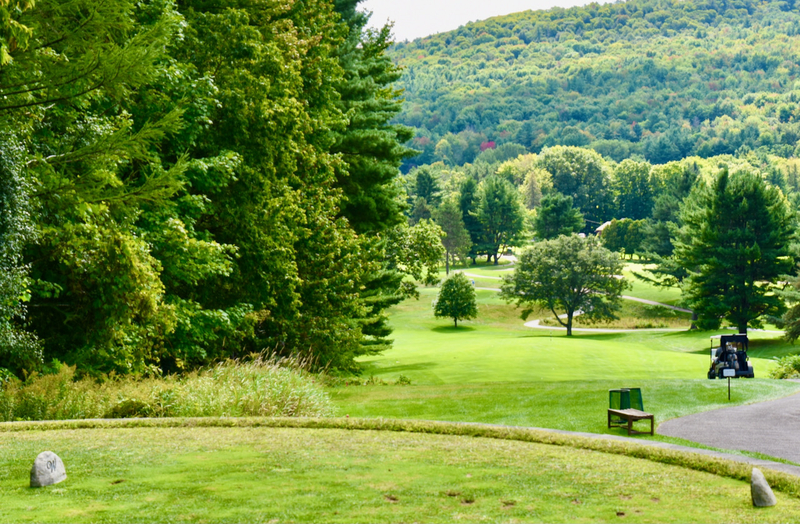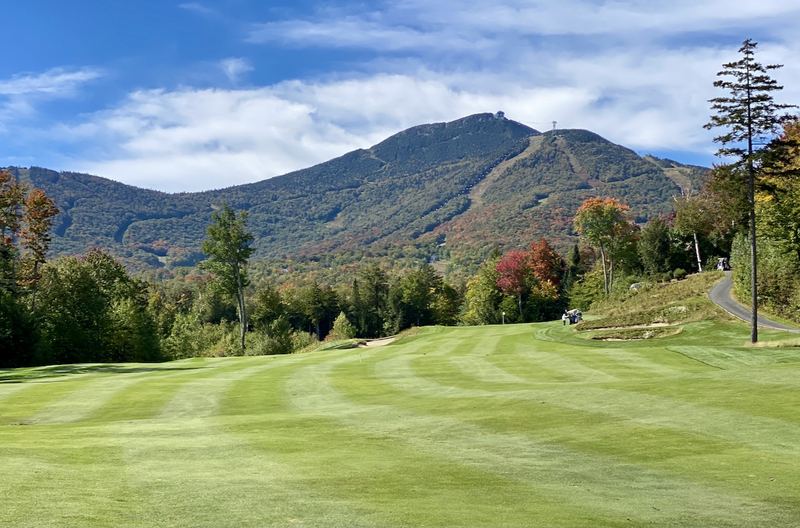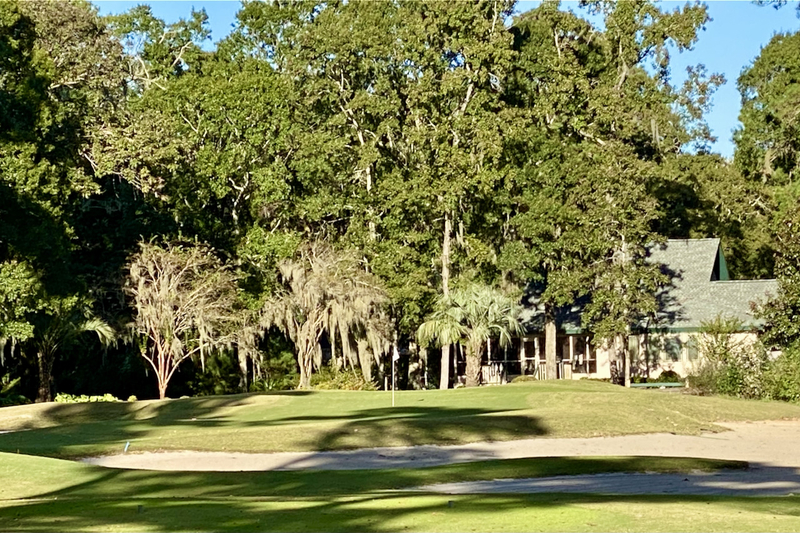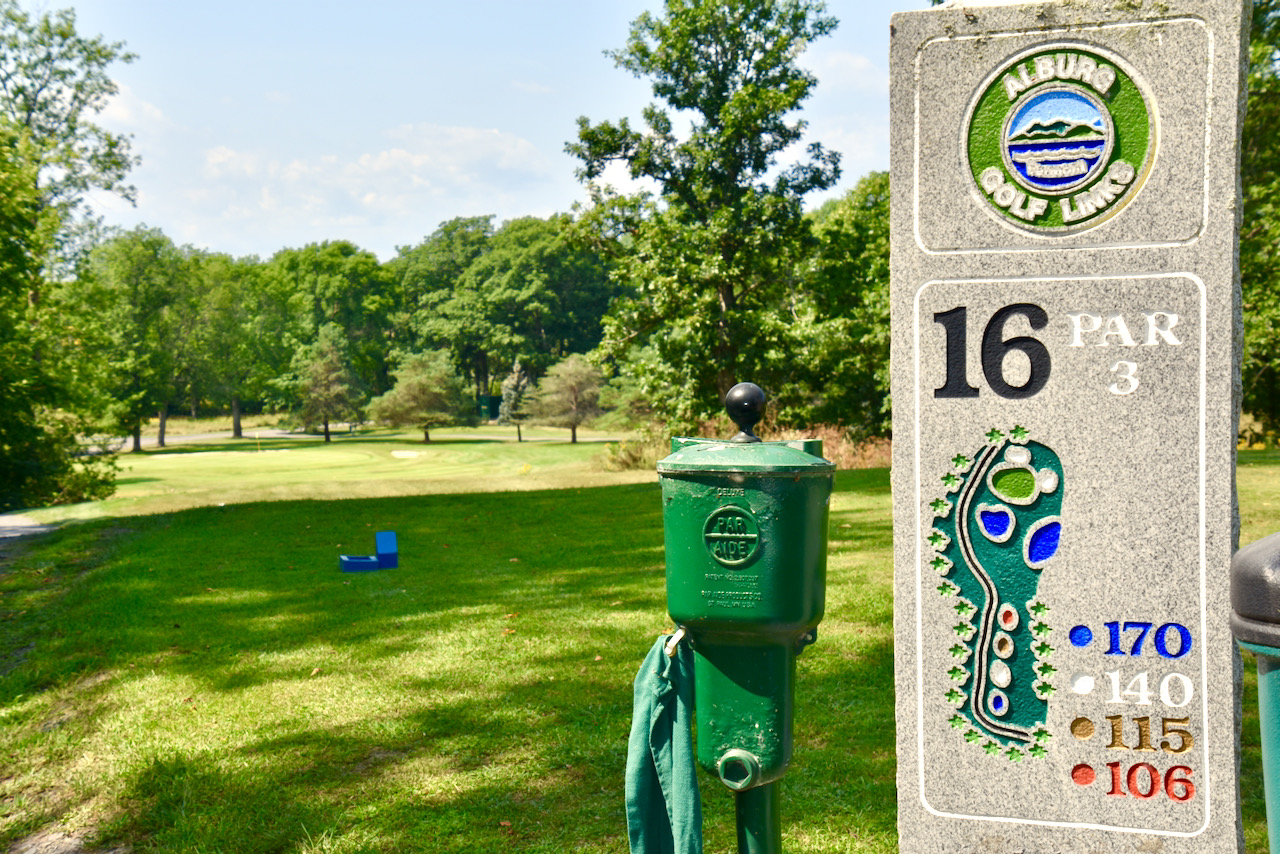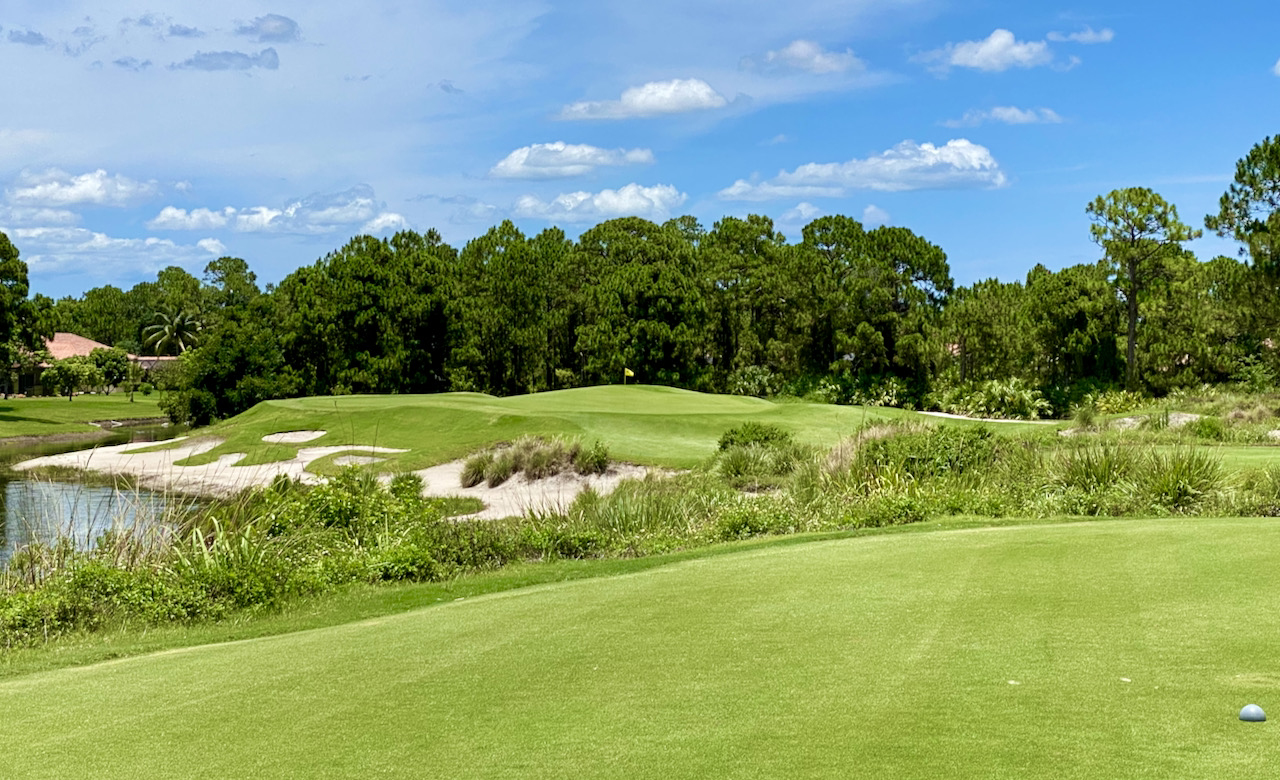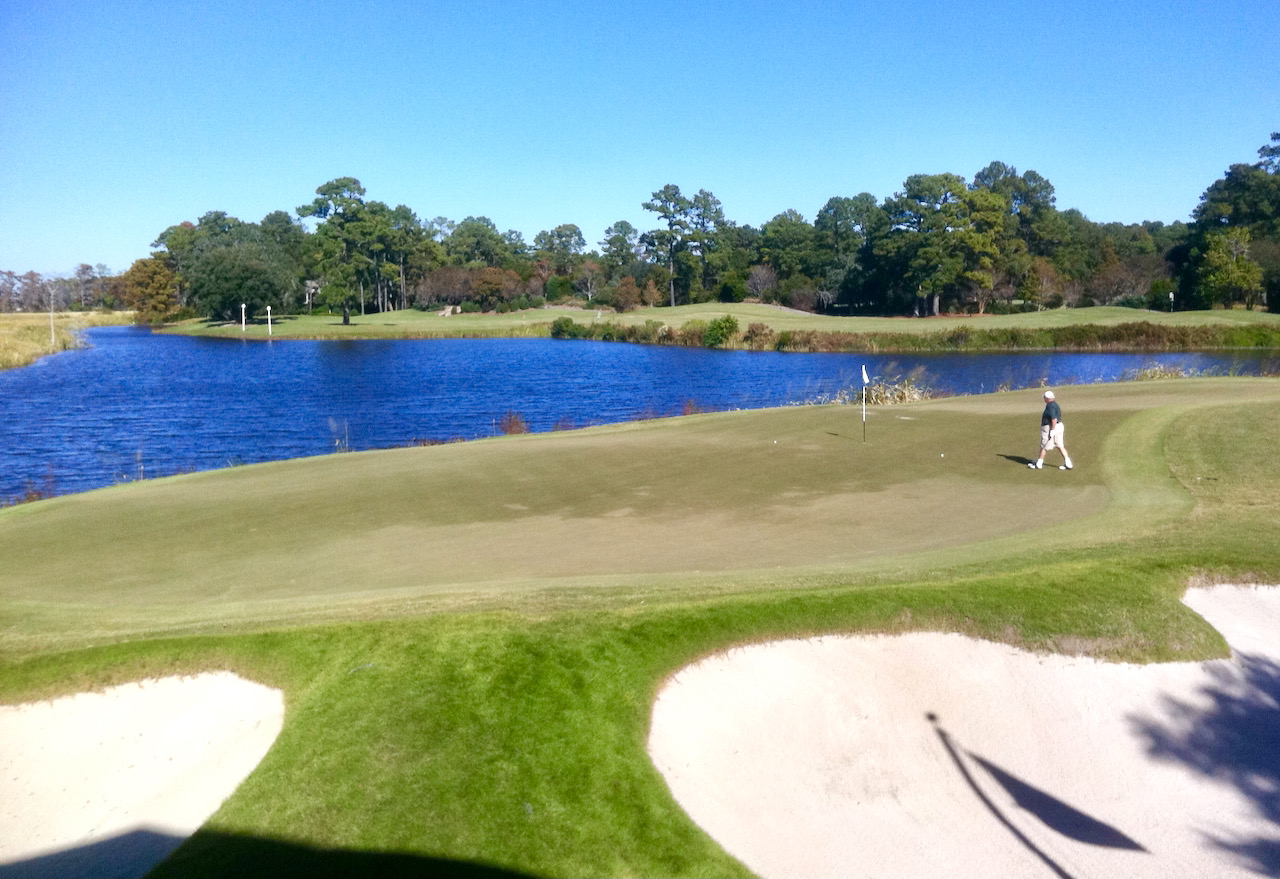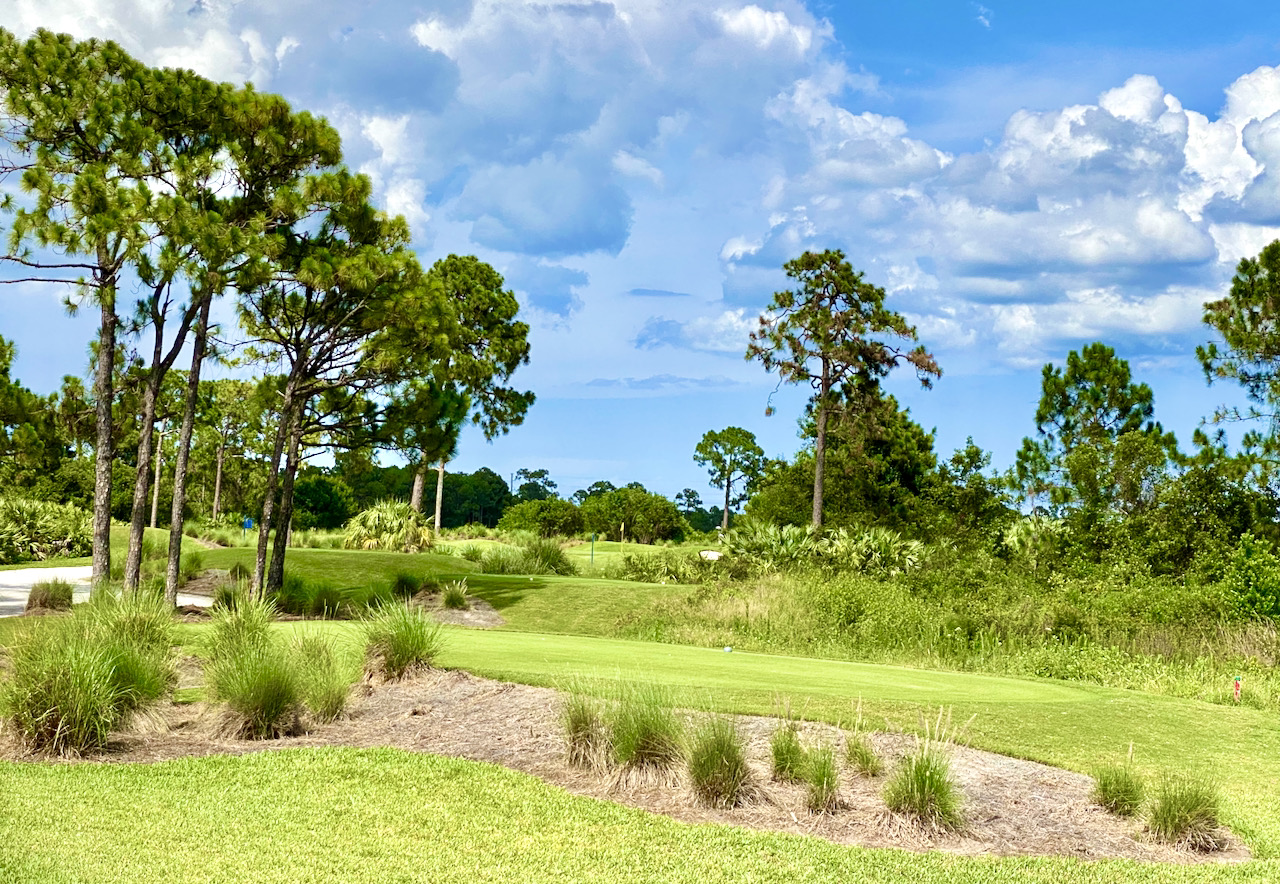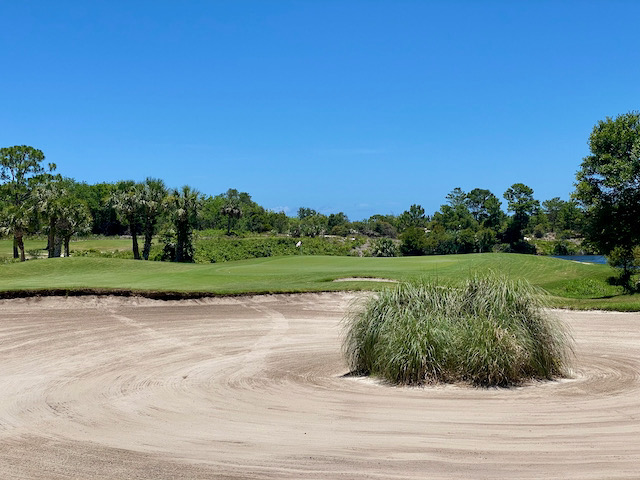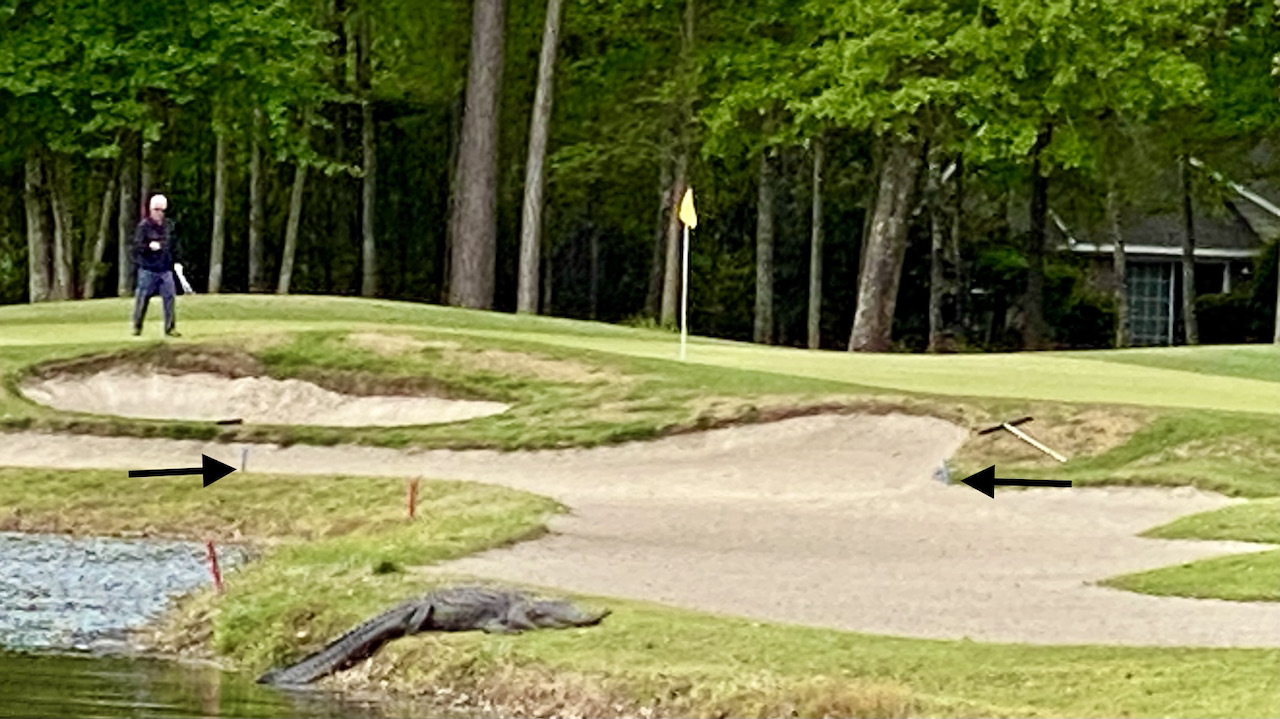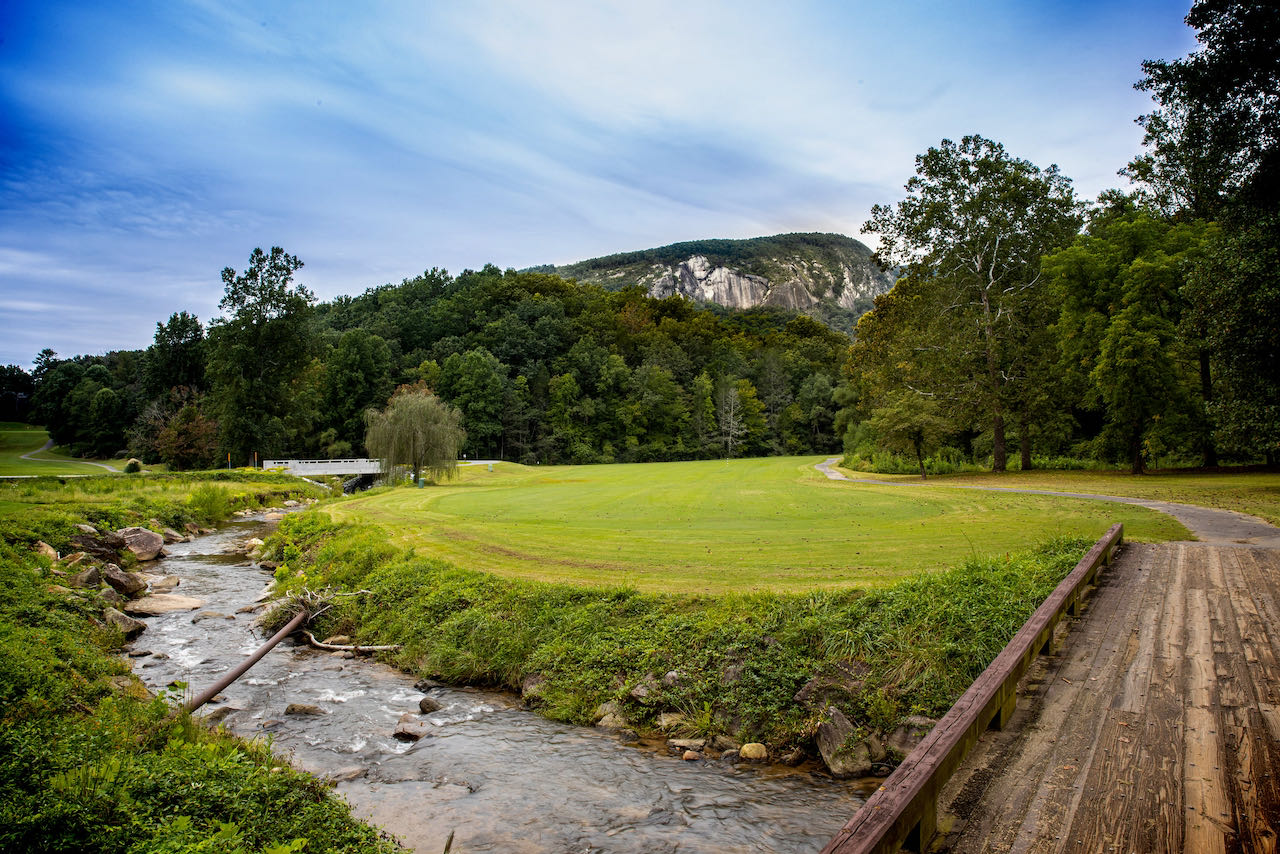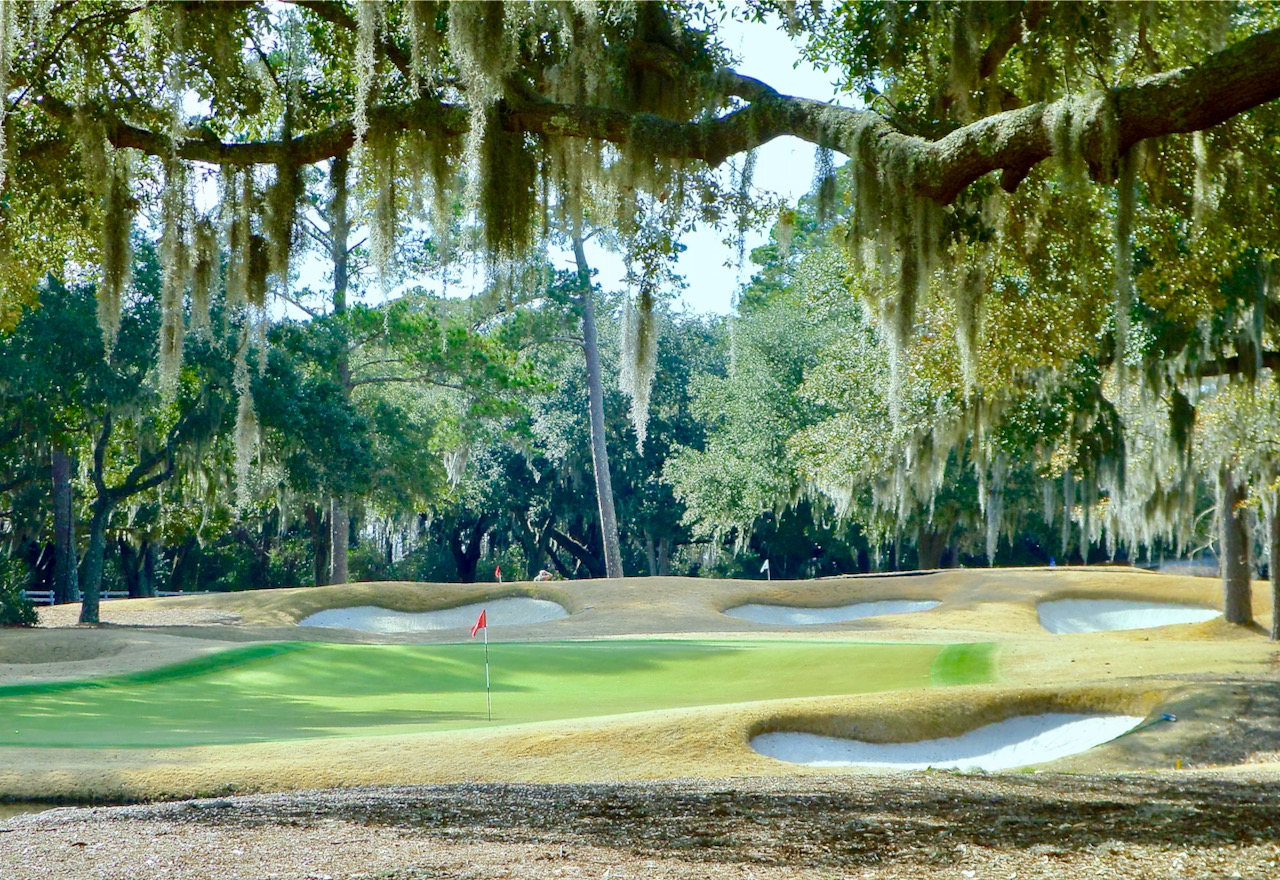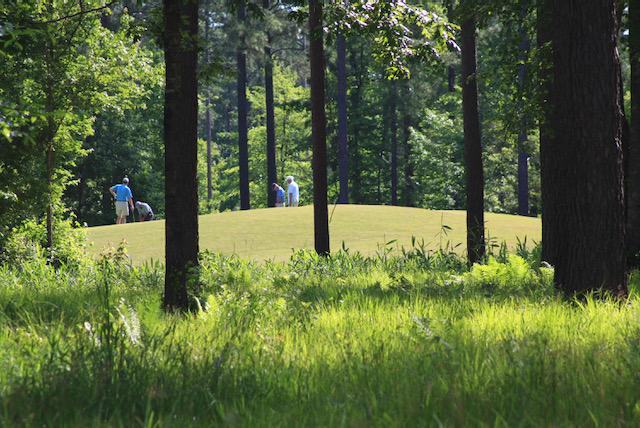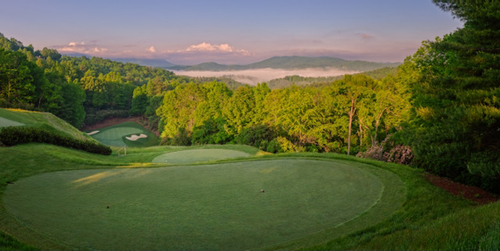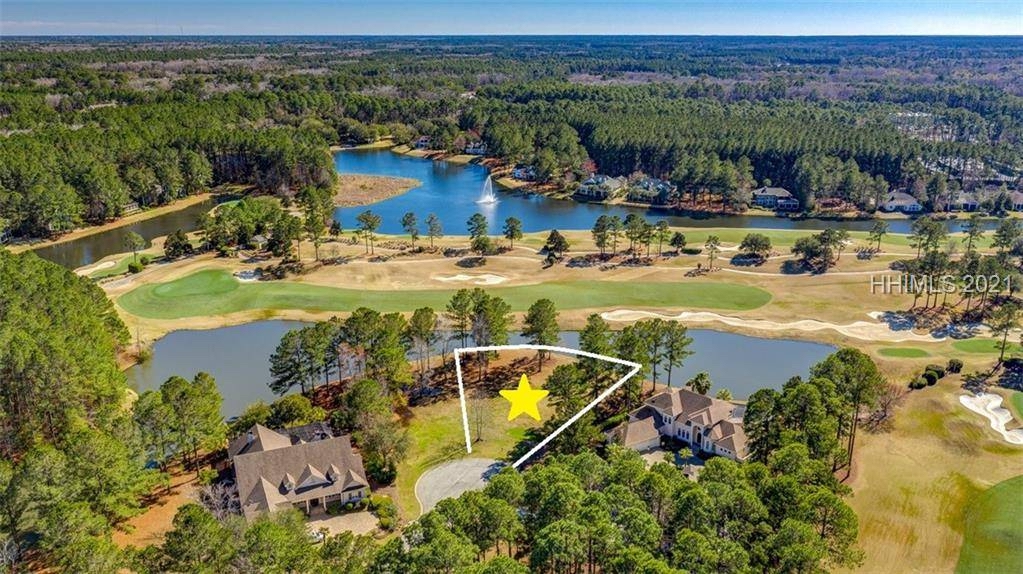I took the dog outside our Connecticut home this morning for his constitutional and noticed the daffodils are just about to burst forth, always confirmation that Spring is indeed here and that, soon enough, greens will start to smooth out and five-foot putts won’t bump their way toward the cup. Maybe it’s Spring Fever, but I find a random -– but all golf-related -- group of thoughts running through my mind today.
The field or Tiger Woods in the Masters next weekend?
This is my first year playing Fantasy Golf –- I love it! -– and I find myself watching a lot more of the televised tournaments than ever before. Tiger’s putting has been marvelous, and we know Augusta National, for all its twists and turns, well placed bunkers and elevation changes is, at the end, mostly about who putts the best. And who can corral his nerves as the whoops and hollers start bounding through the Georgia pines on Sunday afternoon. We know Tiger can wrap himself in a cocoon of concentration when he wants to; if he can wrap his driver in that same cocoon, he’ll win. But 3 to 1 odds are awfully short, and Louis Oosthuizen looks awfully good to this observer at odds of 28 to 1. An exacta of Woods and the player they call Shrek is enticing.

Some mega-communities, like The Cliffs, seem to be holding back on re-starting any aggressive marketing campaign.
Upscale golf communities go a bit downbeat on marketing
Aggressive spending on marketing may have helped drive The Cliffs Communities in the Carolinas and Reynolds Plantation in Georgia into receivership, but extravagant, national advertising pushed both developments to the top of my mind among luxury golf community home buyers. New owners MetLife at Reynolds and a syndicate of owners known as Silver Sun Partners at The Cliffs, though, seem to have pulled in the reins on marketing, opting for a more local strategy that includes billboards and newspaper supplements, as well as email campaigns. Gone are the two-page and sometimes larger spreads in the national golf magazines and luxury publications like The Robb Report. One resident of The Cliffs recently told us the communities' new owners are waiting until the Gary Player course opens this fall at Mountain Park to produce any national advertising push. After Cliffs founder Jim Anthony spent as much as $14 million annually to make sure every potential buyer knew his development provided the ultimate in amenities, we wonder if the current tepid marketing approach might not be squandering brand awareness.

Reynolds Plantation offers a flexible group of membership plans for some or all of its 6 1/2 golf courses, but new property owners must choose one at closing time.
Mandatory club membership can be flexible
Although you would think that mandatory golf membership would be a turnoff to many prospective buyers, the concept actually saved some golf communities from financial ruin and made others on the brink more attractive to investment groups. As one development company official told us recently, "we like to see a core of members in the club" before they invest. At some upscale clubs with expensive-to-maintain multiple golf courses that require a constant revenue flow from members' dues, membership is tied to the real estate a new owner purchases. That means that if you deign not to become a member when you close on your property, or opt just for a "social" membership, you won’t be able to sell your home someday to someone who wants a full golf membership. Even after the financial restructurings of the past six years in which some members at The Cliffs, for example, have seen the value of their $100,000 memberships drop to $50,000, new owners at The Cliffs seem to have opted to retain the old membership program (although they did offer a grace period for members to upgrade).
Understanding that deluxe amenities require ongoing dues revenues to maintain them, nevertheless today's customers want flexibility and freedom and don't want to be committed to one specific membership. A hybrid approach at Balsam Mountain Preserve, a luxury community near Waynesville, NC, seems to offer an extra measure of flexibility while still guaranteeing ongoing cash flow for the club. According to Bruce Fine, the vice president of marketing for Challenge Golf Group, the newest owners of Balsam Mountain, each new property owner must become a member of the community's club at whatever level the member chooses -- social, sports or full golf. A deposit of $30,000 is required for all levels; only the dues level is different, depending on the level of membership. However, unlike membership at The Cliffs, a social member at Balsam Mountain can upgrade to full golf at any time, and just pay the increased dues. Conversely, a full golf member has the freedom to downgrade to social if his/her situation changes. Any couple that purchases a member's home in the future can opt for whatever level of membership they prefer. Prospective buyers who can't predict much about the future, except that one day they will need to sell their homes, will no doubt find the Balsam Mountain Preserve plan a reasonable option.
What’s so great about your golf club?
Those of you contemplating a move to a new golf community should consider asking that simple question of staff and members at the course you might join. In his March editorial titled “Purple Cow, Redux,” Pat Jones, publisher of Golf Course Industry magazine, challenges golf club operators to think about how their facility is distinctive. I was a private golf club member for 25 years and a semi-private club member for the last 12 years and, frankly, if someone had asked me what set my club apart from others, I would have stuttered some lame response like, “Well, the greens are big and undulating” or “The views of the marsh on the back nine are stunning.” The quality and layout of the golf course is certainly important, but you can find high-end daily fee clubs that offer high-octane golf as well (and at the end of the year, the green fees may very well add up to a sum much less than dues at your private golf club). But members of a club they love ought to be able to describe what makes it so. Jones suggests rolling up a club’s selling proposition into one statement, like “Our membership likes to have fun and doesn’t take itself too seriously” or “We’re all about golf and nothing but golf.” Okay, neither of those may fit your idea of the perfect club, but they are distinctive and clear and give you something to hang your decision on. (You can access the digital edition of Golf Course Industry magazine by clicking here; Pat Jones’ editorial is on page 74.)










